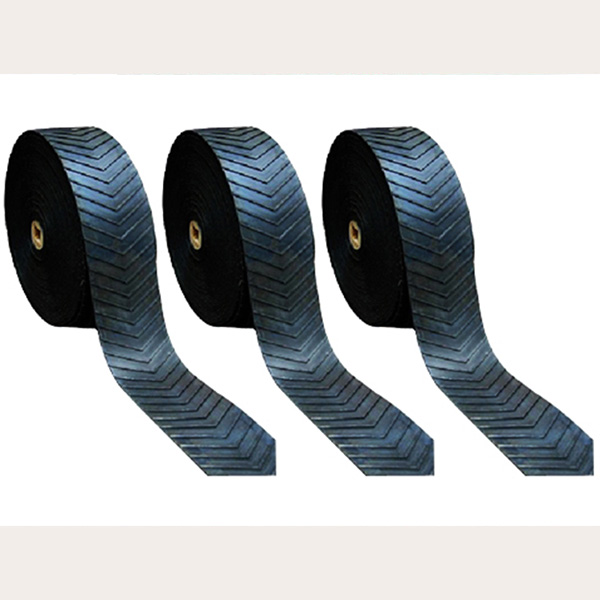
OEM/ODM Wholesale Cement Conveyor Belt Manufacturer Factory
The cement industry is a cornerstone of modern construction, and the efficient movement of raw materials and finished products is essential to its operation. Cement conveyor belts are a vital component in this process, providing a reliable and cost-effective means of transporting bulk materials within cement plants and to their final destinations.
Cement conveyor belts are designed to handle the unique demands of the cement manufacturing process. They are responsible for the transportation of various materials, including raw materials like limestone, clay, and sand, as well as intermediate products and finished cement. The belts are engineered to withstand the abrasive nature of these materials and the harsh conditions often found in cement plants.
Cement conveyor belts are constructed with several layers of fabric reinforcement, typically made from polyester or nylon, which provide strength and durability. The belt surface is made from a wear-resistant rubber compound that can handle the abrasiveness of the materials being transported. The belts are also designed to resist the effects of weathering, aging, and the chemical properties of the materials they carry.
There are several types of conveyor belts used in the cement industry, each suited to specific applications:
1. Flat Belt Conveyors: These are the simplest form of conveyor belts and are used for horizontal or slight inclines.
2. Inclined Belt Conveyors: Designed for moving materials up an incline, these belts can be used to elevate materials to different levels within a plant.
3. Curved Belt Conveyors: These belts can change direction, allowing for more complex material flow paths within a plant.
4. Bucket Elevators: A specialized type of conveyor belt that uses buckets to lift materials vertically.
5. Telescopic Belt Conveyors: These belts can extend or retract, making them ideal for loading and unloading materials at various points.
The operation of cement conveyor belts requires careful consideration of several factors:
1. Load Capacity: The belt must be capable of handling the weight of the materials being transported.
2. Speed: The speed of the belt must be optimized to ensure efficient material flow without causing material spillage or belt wear.
3. Tension: Proper tension must be maintained to prevent belt slippage or breakage.
4. Alignment: The belt must be correctly aligned to prevent uneven wear and potential damage to the belt and the supporting structure.
Proper maintenance is crucial for the longevity and safe operation of cement conveyor belts. Regular inspections should be conducted to check for signs of wear, damage, or misalignment. The conveyor system should also be equipped with safety features such as emergency stop buttons, guards to prevent access to moving parts, and sensors to detect blockages or overloads.
The cement industry is often scrutinized for its environmental impact. Conveyor belts contribute to sustainability by reducing the need for multiple handling and transportation of materials, thus small energy consumption and emissions. Additionally, modern conveyor belts are designed to be more durable, reducing the frequency of replacement and waste generation.
As the cement industry continues to evolve, so too do the technologies associated with conveyor belts. Innovations in materials science are pilot to the development of belts with enhanced durability and resistance to wear. Automation and digital monitoring systems are also being integrated to improve the efficiency and safety of conveyor operations.
Cement conveyor belts are a critical component of the cement industry, ensuring the efficient and safe transportation of materials. With ongoing advancements in materials and technology, these belts are becoming more reliable and sustainable, supporting the industry's commitment to environmental responsibility and operational excellence.
 English
English 简体中文
简体中文 Español
Español عرب
عرب
 English
English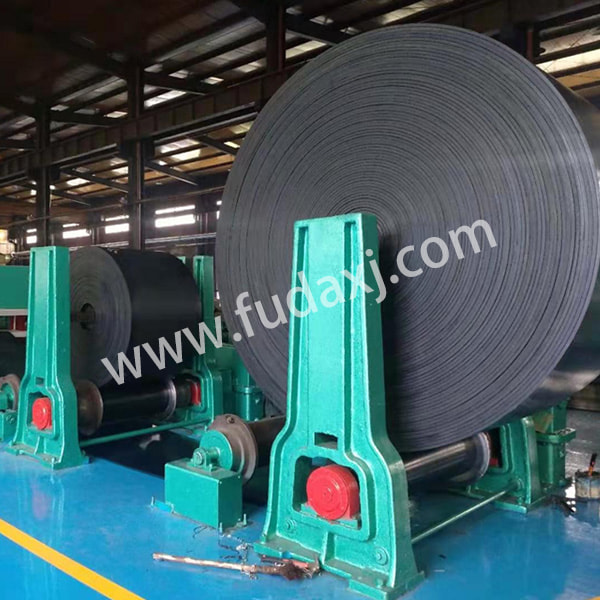
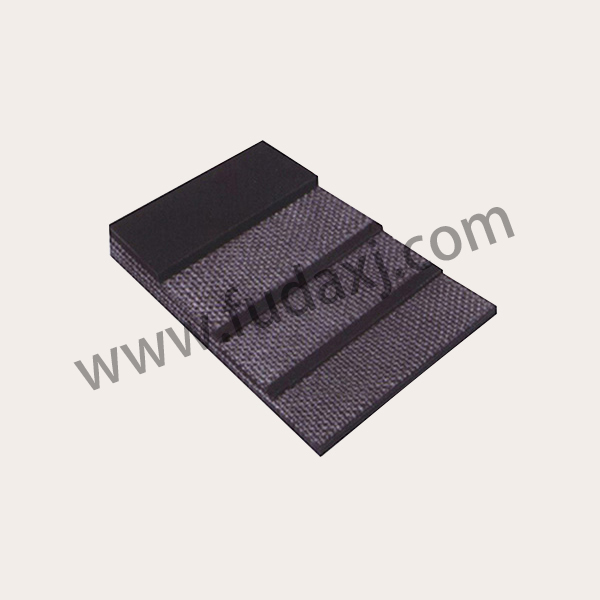
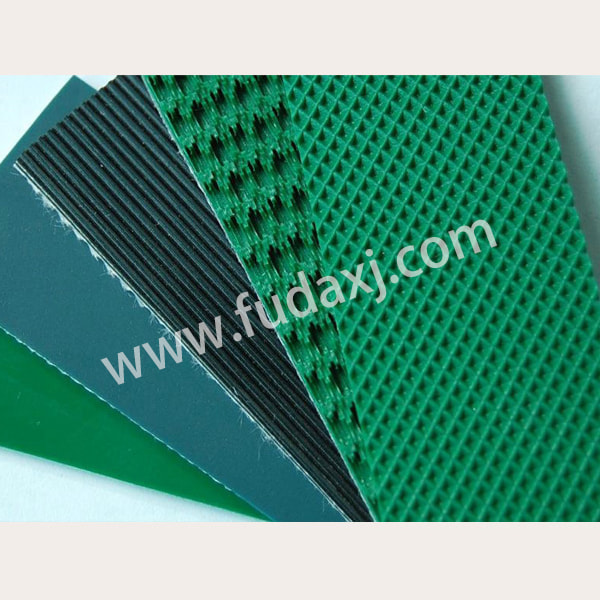
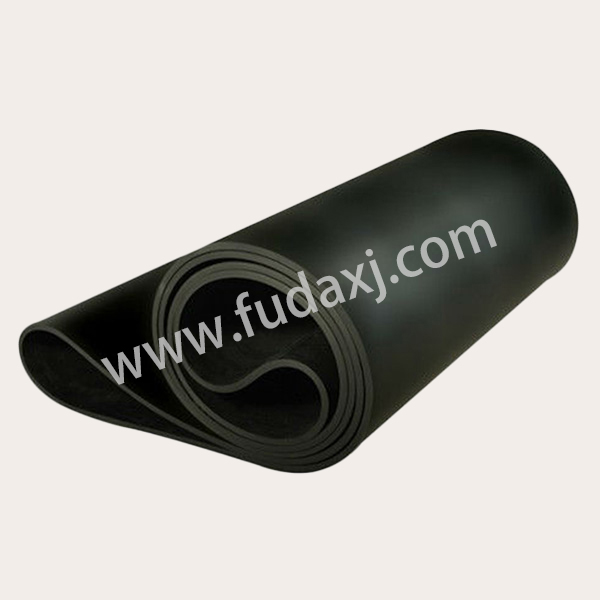
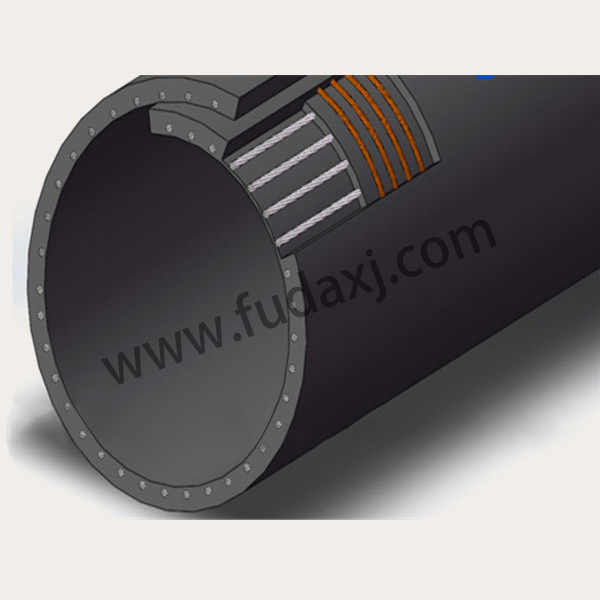

 Fax: 0086-576-83019528
Fax: 0086-576-83019528